Last Updated on July 30, 2021
Movie endings, they’re usually pretty straight forward right? Everything pays off, the main characters learn something, and our heroes ride off into the sunset. Sometimes though, we don’t get the typical ending from a movie, we get something much more nuanced, complex and open ended. The kind of endings that leave things up in the air for all of us to debate and theorize on until we’re blue in the face. With Movie Endings Explained, we aim to delve into some of the more ambiguous and mysterious endings to films that have left audiences scratching their heads for years, and to attempt to explain them. In most cases, a definitive answer isn’t really there, so we definitely want to hear from YOU on how you interpret the various endings we’ll be discussing with this series.
This time we’re looking at yet another Christopher Nolan film, his 2000 psychological thriller MEMENTO. Told in two different timelines that intercut and intersect throughout the entire movie (one in color, the other in black and white) Nolan really plays with the fluidity of memory and non-linear storytelling. The color scenes run in reverse chronological order, while the black and white scenes move forward in sequence until the two pieces coalesce near the end. The central device of MEMENTO is memory, as Guy Pearce‘s lead character Leonard has anterograde amnesia, which means he is no longer able to create new memories, following an intensely traumatic experience. We look at some of the clues that may point to some kind of answer to MEMENTO, but ultimately discuss possibilities more than anything, as this film is somewhat like a puzzle that may never be truly solved.



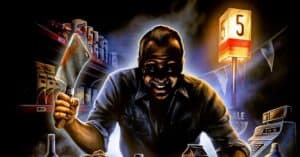



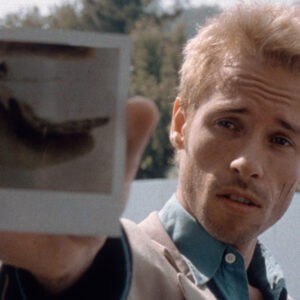




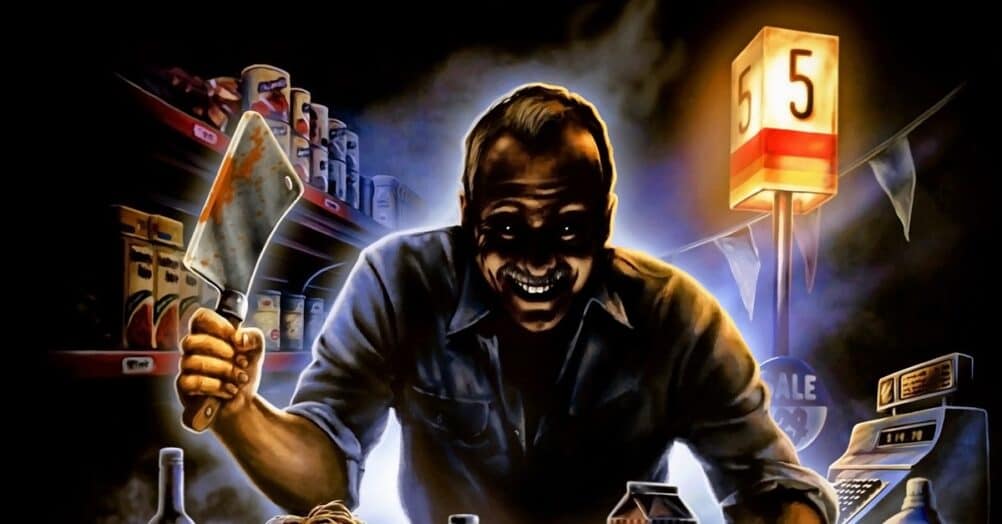


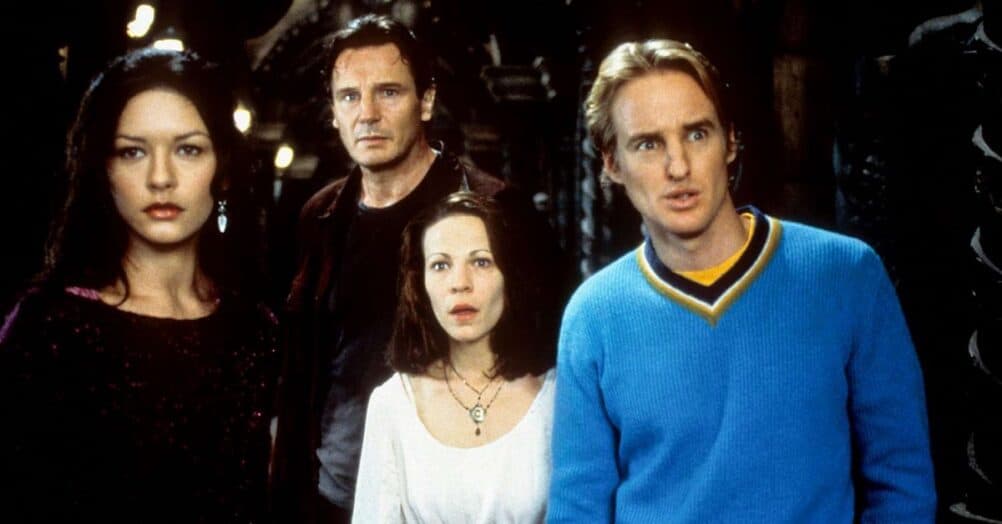
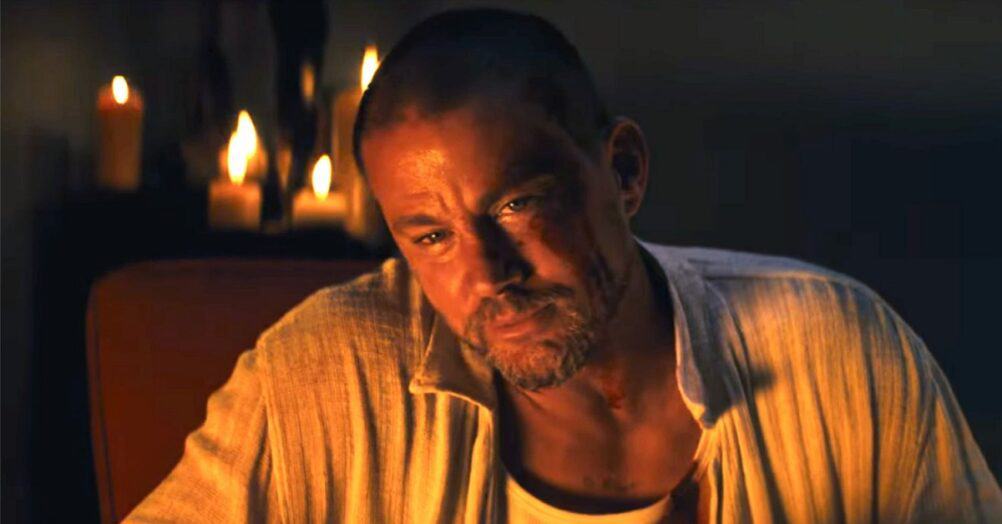

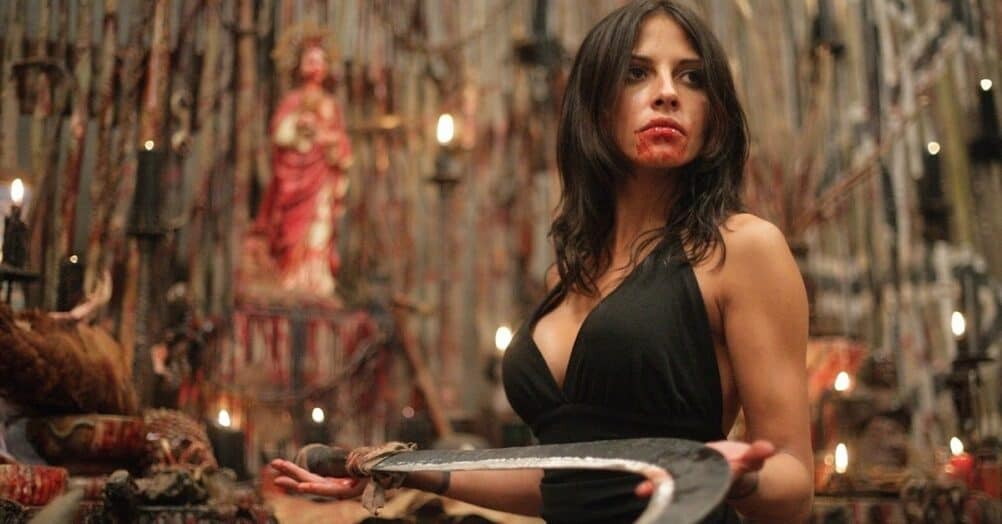
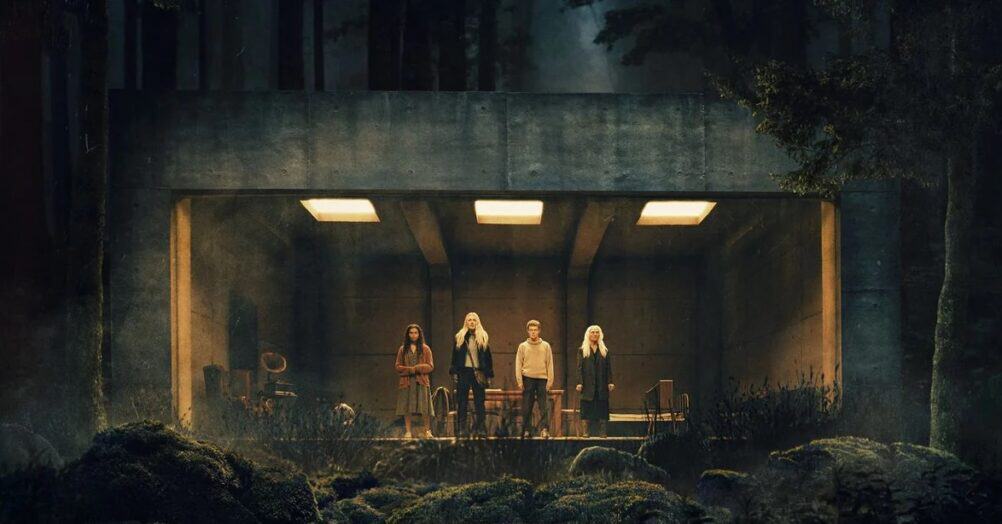
Follow the JOBLO MOVIE NETWORK
Follow us on YOUTUBE
Follow ARROW IN THE HEAD
Follow AITH on YOUTUBE